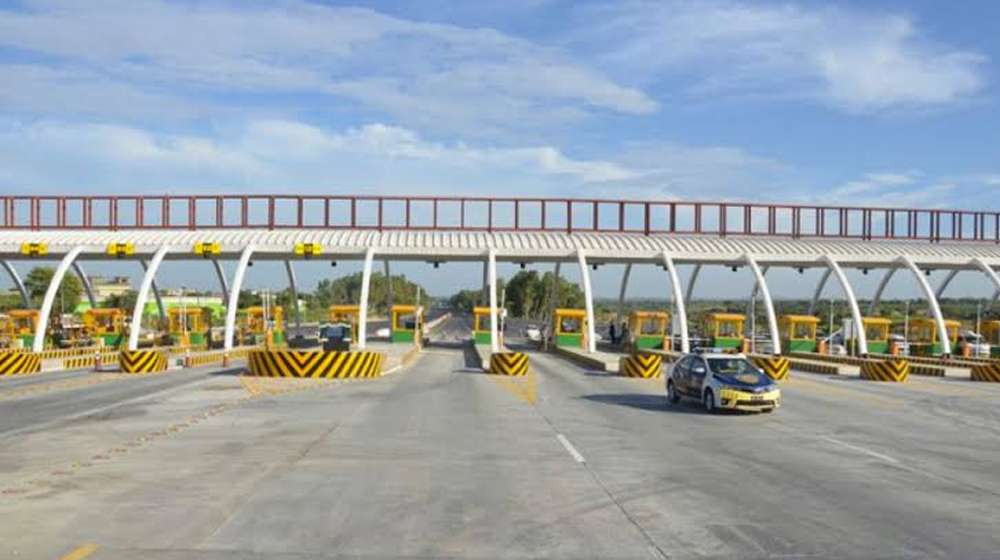A recent update from the Punjab Communication and Work (C&W) department has shocked commuters in the province with news of a significant increase in toll plaza rates, with some seeing their rates double.
The decision, scheduled to go into effect on February 1, has sparked worry and discussions about the financial impact on the already strained population.
Breakdown of the Toll Rate Increases
As per a notification from the department, the revised toll plaza rates present a challenging situation for drivers. Private cars, previously charged Rs. 20, will now have to pay Rs. 30—a 50 percent increase. Buses face an even steeper climb, with toll taxes rising from Rs. 60 to Rs. 70.
Minibuses and wagons see their tolls double, jumping from Rs. 20 to Rs. 40, while truck drivers now have to pay a toll of Rs. 70.
Farmers and agricultural workers using tractor trolleys will also be impacted as their tolls increase from Rs. 20 to Rs. 40. This raises concerns about the additional financial strain on the already struggling agricultural sector.
Vehicles used for commercial purposes are also affected. The toll for these vehicles has been updated to Rs. 70, representing an added cost for businesses reliant on transportation.
Increased Lahore Ring Road Toll Tax
The Lahore Ring Road Authority has taken action and raised toll tax by 20% for vehicles ranging from private cars to heavy traffic.
- Toll tax for private cars and jeeps has increased by Rs. 10 per trip
- Passengers and coasters will now pay Rs. 120 compared to the old rate of Rs. 100
- Toll tax for passenger buses has surged by Rs. 50, resulting in a new rate of Rs. 300 per trip
- Dumpers and loader trucks, along with pick-ups, will pay Rs. 360 per trip
- Heavy traffic has witnessed a significant jump of Rs. 100, resulting in a new rate of Rs. 600
As toll plaza rates continue to rise across Punjab, commuters, businesses, and the agricultural sector are left dealing with the financial consequences.
This decision raises doubts about the government’s approach to relieving financial burdens on citizens, particularly during a time of economic uncertainty. As February 1 approaches, the impact of these toll increases on people’s daily lives remains a cause for concern.






